
According to new research, dogs with mammary neoplasia often have DNA mutations in well-known human breast cancer genes.

According to new research, dogs with mammary neoplasia often have DNA mutations in well-known human breast cancer genes.
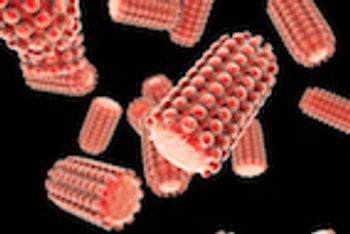
One of the main focuses at this year’s WSAVA World Congress was a series of lectures and roundtable discussions led by experts in the fight against rabies in Asia.

Busting pet nutrition myths with sound, fact-based information is a giant step forward for veterinarians in reclaiming their role as nutrition experts.
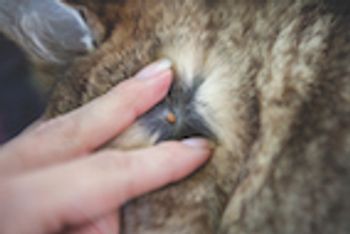
As environmental changes allow tick populations to spread, the zoonotic risk of tickborne diseases increases.

Investigators recently evaluated whether the use of antibiotics in pet dogs may lead to colonization of resistant organisms in their owners.

A recent report describes several fatal cases in puppies from Michigan and New York.

A specialty animal hospital in New Jersey is warning pet owners about increasing leptospirosis diagnoses in New Jersey, Pennsylvania, and New York.
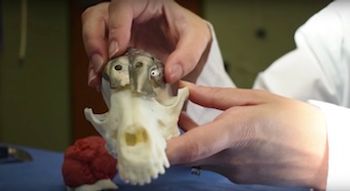
A pair of veterinary surgeons used 3D-printing technology to replace 70% of a dog’s skull after removing a cancerous tumor.
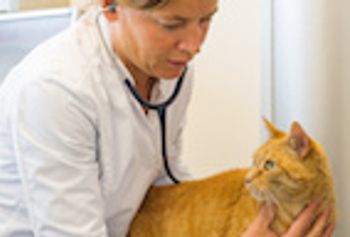
Potential toxin exposure in cats should be considered an emergency. Here’s what you should know before initiating treatment in these patients.

Quantitative light-induced fluorescence uses software to visualize and calculate the amount of calculus in small animal patients.

Experts agree: Standardized definitions for resource guarding and possessive aggression enable proper patient care and effective client communication.
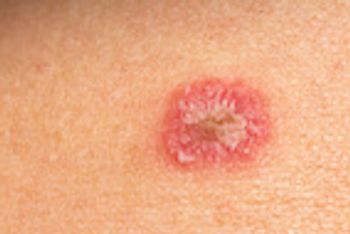
A recent case series highlights the importance of screening, as well as treating pets and the home environment after Microsporum canis zoonosis occurs.

A top-down approach to management often does not lead to a successful practice. Try letting team members lead the charge instead.

For the first time, scientists have used gene editing technology to halt Duchenne muscular dystrophy in dogs, paving the path for a clinical trial in people.

Clinical examination and behavioral observation during travel may identify horses at increased risk for transportassociated respiratory disease.

Gabapentin has been proposed for the treatment of neuropathic pain and was recently investigated as a treatment option for osteoarthritis pain in cats.

Tips from business, financial, and practice management experts.

These stress reduction techniques decrease the incidence of URIs and improve the welfare of shelter cats.

The FDA’s Center for Veterinary Medicine is instituting a 5-year plan to support antimicrobial stewardship in veterinary settings.

A recent survey study examined the international prevalence, diagnosis, and treatment of this endocrinopathy.

A relatively small arsenal of drugs can stabalize and manage most dogs with this disease, improving quality of life and long-term outcomes.

Current options for diagnosing, treating, and monitoring Cushing disease.

Keep your pet safe this season.

In anticipation of this year's Veterinary Technician Week, these veterinary specialists were ready to discuss the absolute good of techs.

Lifelong medical management can improve quantity and quality of life in cats with this common respiratory disorder.

Scientists are hard at work trying to harness dogs’ ability to detect cancer with their nose.

Inspiring your team to be their best is harder than it might seem.
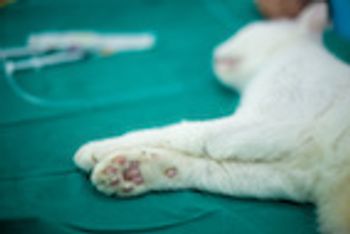
Don’t let carelessness or lack of knowledge put your patients in danger.

Learn what to do before a team member reaches the breaking point.
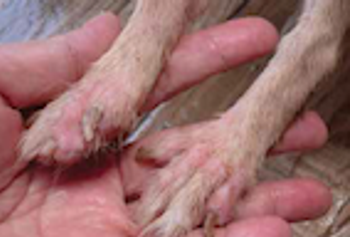
A lot goes into diagnosing skin conditions. Here’s what you should know.